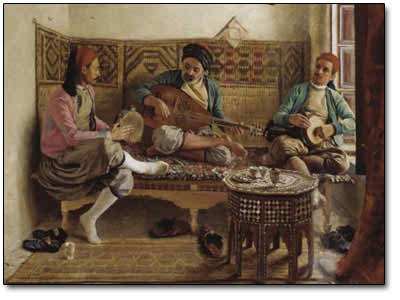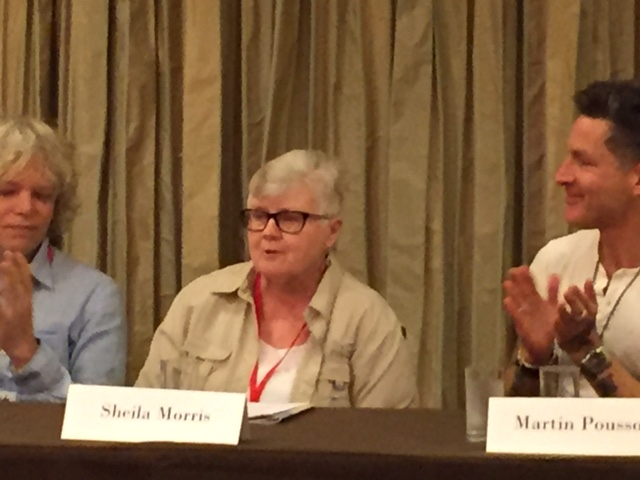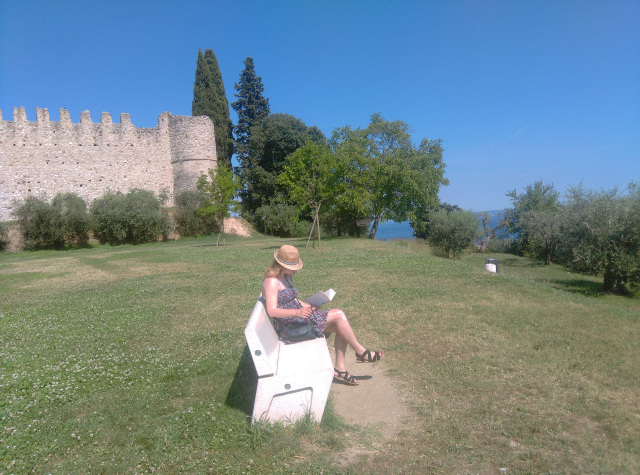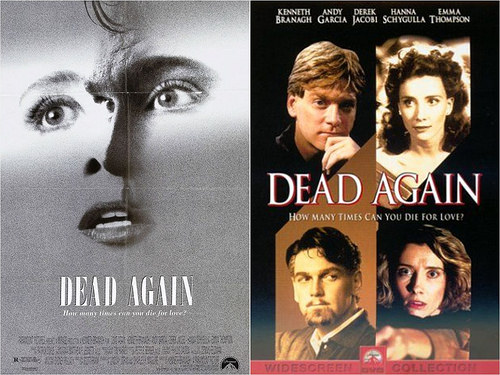Introduction:
This article was published in Turkey Tribune in 4th March 2016. It was displaying a brief perspective of What The Turkish Music is in modern and postmodern ages we passed through.

Concepts are abstract or generic ideas generalized from particular instances according to the Merriam Webster Dictionary. In this context, the efforts for transforming music we inherit from the West to a more native hybrid form have been called in different terms or concepts.
The surveys of Bela Bartok on Turkish folk music, the school of Turkish Five who tried to make a polyphonic Western music using the elements of Turkish Music both served the opus magnum of a Turkish music that can be accepted universally.
The universal acceptance was important for a young republic as it was in a new route surrounded with Western values and it had to be universal without betraying its own cultural values. This was theoretically supported by the cultural nationalist ideas of Turkish sociologist Ziya Gökalp. The policy makers of Young Republic had western culture, cultural inheritance from the Turkish folk culture and the remaining semi-imaginary cultural inheritances of Middle Asian roots. Because of its connotation of the old regime, the music called Turkish Art Music or the Palace Music was out of the question at the era.
Apparently this was a real paradox of elitism, as folk music was much more associated with the palace music than the political elite imagined. The reason behind this is that in many regions of Turkey, folk musical instruments were naturally integrated with the instruments known as Palace Music instruments. In addition to this, the music called palace music was not just limited to the songs of the composers who had monetary subventions from the political authorities of the Ottoman Empire to composers or the sultans, but it was a great heritage of thousands of years inside the borders of the empire.
Also, the modal system and the rhythmic scales were exactly the same as the ones created as aspects of palace music. The short-term prohibition of Turkish Art Music in The State Radio Broadcasting Institution during the 1930’s was the peak of Jacobinism in the field of culture and music.
The last prohibition had many effects on the musical consumption on a great percentage of the public, while they were directed to the radio waves of the Arab World where they found similar musical pieces to the palace music. During that period, even Mustafa Kemal Atatürk was unhappy to have his drink without the palace music, while the author Peyami Safa accused the palace music as the music of alcoholism.
Prohibition in radio broadcasting had ended but debates continued; as Turkey transformed its mode of modernization to a more civil initiative, the case of Egyptian films took a new place in the center of debates. The original soundtracks of the films which were performed by fabulous Egyptian singers such as Omme Kolsoum were forbidden by governmental authorities and therefore a type of palace music mixed with Arabic and Greek influences composed by Sadettin Kaynak was used in these movies instead of the ones that Arabic singers performed.
This new type of eclectic songs affected social aesthetics deeply with the help of the migration from rural areas to the cities beginning at the end of the 1940’s. A new type of aesthetic approach triggered a quest for a new sound for the new life style people were experiencing. This was the first major thing seeking a civil music.
The use of folk in modernization process also found a new path for itself by the time, beginning with Celal İnce’s Adanalı (released in Turkey as a 78 rpm, a folk arrangement by Fritz Kerten and performed by famous tango and fox trot singer Celal İnce) and Dario Moreno’s Ali (released in France as an arrangement of a Turkish folk song “Entarisi Ala Benziyor” sung in French and partly in Turkish) in the 1950’s to Alpay’s Kara Tren (arranged by Doruk Onatkut in 1964) and Tülay German’s Burçak Tarlası (arranged by Doruk Onatkut, 1964) in the first part of the sixties, and getting acceleration by the aid of rock and giving its opus magnum with Cem Karaca’s Emrah (composition of Cem Karaca and performed by Cem Karaca and Apaşlar in 1967), Erkin Koray’s Çiçek Dağı (a folk arrangement performed by Erkin Koray 4 in 1968), Barış Manço’s Bebek (a folk arrangement performed by Barış Manço and Kaygısızlar in 1968) and finally Moğollar’s Dağ ve Çocuk (a composition by the guitarist Cahit Berkay in 1969).
The final statement of the conceptualization was Moğollar’s Dağ ve Çocuk. They officially stated the term “Anatolian Pop” in their concerts, especially the one they did in 1969 in Fitaş Cinema concert where they said their musical phases by the time beginning with a beat to Anatolian Pop. Before and after Moğollar’s conceptualization in defining this native music, concepts such as folk arrangements, national pop music, pop folk, Turkish Rock or Heavy Turkish Music has been generously used. On the other hand, Moğollar, more precisely Moğollar of Murat Ses’ era, has made conceptualization that was widely accepted and made a more systematic classification of the genre. A groovy bass having company with the drums both harmonically and melodically reflecting the Anatolian heritage, organ behaving like zurna of Binali Selman and an alternative usage of Anatolian instruments such as bağlama, cura, ıklığ and yaylı tambur.
What did Moğollar bring in addition to all efforts in native rock and jazz music in Turkey other than Tülay German, Erol Büyükburç, Cem Karaca etc. Was it their natural synthesis in music?
In Burçak Tarlası single (1964) Tülay German used a pure jazz band while Ruhi Su played an introduction with bağlama. Erol Büyükburç first used a bağlama player as a continuous member for a whole song in his “Uçun Kuşlar – Pınar Fadime” single. Cem Karaca was supported with a surf band named Apaşlar while performing his first hit single “Emrah – Karacaoğlan” and in another pressing of “Karacaoğlan” with an alternative version Orhan Gencebay plays bağlama in a pause interval without the accompany of the band.
By those examples, we derive that the things Moğollar brought were the equal approach to east and west in their music and playing every element together and integrating those in a common aesthetic approach. What they named under the classification of Anatolian Pop created a phenomenon that affected the other musicians in their later works such as Cem Karaca’s experiments on saz and ıklığ with Kardaşlar, Erkin Koray’s guitar like bağlama sounds in Elektronik Türküler album and Edip Akbayram’s experiments with Cudi Koyuncu’s 3 boarded electric saz in Dostlar.
The civil movements from the western orientated musicians in creating a native sound were crystallized with the conception of Anatolian Pop at least for a considerable period. On the other hand, civil movement of a native music was not limited with only these musicians but there were also ones tripping from east to west and ones who were always in between. This will be the topic of another article.
Advertisements Share this:




